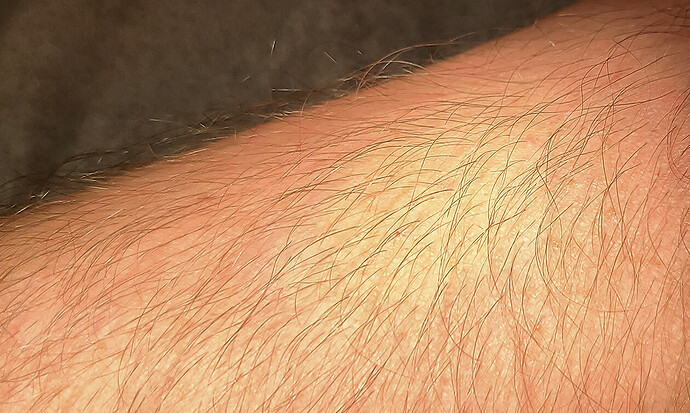The damage to the skin can still be minimized by use of steroid cream and silicon cream during the healing process. I would suggest that she contact a good dermatologist / plastic surgeon before the scars set in and become permanent.
I’m surely not offended … Indeed, experiences and explanations (from my plastic surgeon) can differ. Your explanation of the effects of lidocaine are correct … no problem there. I will say, that when I was doing hair transplantation, we would inject epi to greatly reduce bleeding … and, of course I didn’t imply that larger vessels contract … but local capillaries certainly do.
Additionally, when I’m doing “body technique” with lidocaine (epi), I must reduce the power of the thermolysis by about 30-50% … and, this will render the same release time as full power without lidocaine. I’m interested in your possible explanation for this … my own physician speculated the little scenario I put forth. Perhaps something else causes this interaction.I’m interested in your idea.
Also, I found a little photo we took to illustrate “skin whitening” from the anesthetic. It’s a bit difficult to see, but if you find the injection site … that’s the area that received the local.
I have a little experiment that I’ll perform and photograph next week when I see Dr. Welsh (maxillofacial surgeon). I suspect the outcome … but, you never really know. I have a new little gizmo that might answer a few questions in a graphic way.
Sorry — I have to question your motives when you see those photos and not advise against using this practitioner. I understand you want to avoid witch hunts, but this looks like serious malpractice to me.
You’re absolutely correct to ask about our motives. Our motives for not discussing the identity of the practitioner in question is that we wish not to be sued. If we discussed the identity of the practitioner we most certainly would be.
I just want to chime in, if you’re going to sue in the state of California. In California, the law states that medical malpractice lawsuits must be filed within one year of the patient discovering the injury or within three years of the date that injury occurred—whichever comes first.
Are there any updates to this case? How has the skin healed and was there any scarring? I recently seen a dermatologist who instructs his patients to always use 100% petrolatum/vaseline on skin wounds to prevent it from scabbing. It’s for procedures like mole removals. He said keeping wounds moist during healing process is critical for scar prevention because when wounds dry and scab that’s when risk of scarring occurs. This method may not be relevant for normal electrolysis healing process as wounds created are tiny, but for situations like this, maybe it’s helpful method?
Hey Fenix … the dermatologist suggestion is relevant!
Decades ago, Petrolatum/vaseline was considered the new “miracle cure” and was used in high-end spas. Same with Lanolin, that was put in virtually every cosmetic product for the skin. Times change, and we always have to have a NEW miracle product. I wonder what happened to Jojoba oil?
For me, and I have used it for years, pure Emu Oil has excellent properties for 1) eliminating scab formation entirely, and 2) rapid sloughing if scabs are allowed to form.
Problem is, this is a 100% animal product and most women do not want “animal products” and will opt for “botanicals.” Thing is, we actually ARE animals (not flowers), and products from animals, e.g., lanolin, works best. Pure Emu Oil smells bad too and most clients won’t use it. I still get the highly refined “Emusi” from a German chemist living in Ozz and producing high-quality Emu oil (Ja, alles IST besser bei Uns!).
